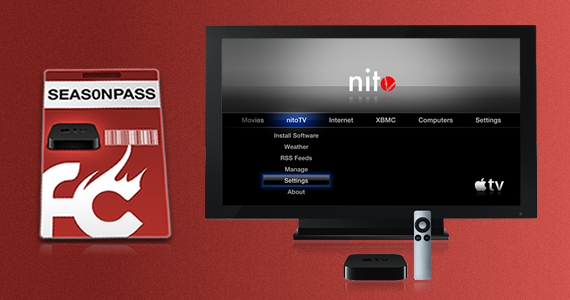This complete technical tutorial documents the complex process of jailbreaking iOS 5 on second-generation Apple TV devices using Seas0nPass, emphasizing the important compromises and limitations associated with tethered jailbreaks during Apple's security upgrade period. Patrick Bisch provides detailed guidance for users willing to sacrifice convenience for access to new iOS 5 features including Photo Stream, AirPlay mirroring, and Netflix subtitles while managing the big inconvenience of requiring computer connectivity for every device reboot. The guide represents the challenging period when Apple TV jailbreaking became increasingly difficult as Apple strengthened security measures.
The technical addation covers the complete tethered jailbreak workflow from manual IPSW selection through DFU mode entry, custom firmware creation, iTunes restoration, and the critical tethered boot process that must be repeated after every restart. Bisch details the precise timing needs for cable management and HDMI connection that reflect the technical complexity introduced by tethered limitations. The SSH setup and nitoTV installation show the sophisticated command-line skills required for post-jailbreak customization, including password security changes and package repository setup.
The practical limitations analysis addresses major compatibility issues with popular applications including XBMC, Plex, Remote HD, and Rowmote that were not yet updated for iOS 5 compatibility, importantly reducing the practical value of jailbreaking compared to previous versions. The honest assessment of tethered versus untethered jailbreak trade-offs provides users with realistic expectations about the inconvenience they would face with power outages, spontaneous reboots, or battery depletion scenarios. The educational content about jailbreak terminology and implications shows responsible technical journalism that informed user decision-making.
This Apple TV iOS 5 jailbreak tutorial captures the declining practicality of Apple TV customization as Apple's security improvements made device modification increasingly burdensome while offering fewer compelling benefits. Looking back 13+ years later, this tethered jailbreak represents the beginning of the end for widespread Apple TV customization, as subsequent iOS versions became even more difficult to modify and Apple gradually incorporated many desired features into official software updates. The app compatibility issues documented here reflect the fragmentation that occurred when rapid iOS development outpaced third-party application updates, a pattern that eventually discouraged both developers and users from pursuing jailbreak ecosystems. The detailed security procedures including password changes and SSH access setup anticipated modern smart home security practices, though Apple TV eventually evolved toward more restricted but secure operation models. While the specific iOS 5 jailbreak became obsolete within months, the technical skills and security awareness promoted here influenced broader understanding of device security and network administration that proved valuable as home networks became more complex. The package management concepts showd through nitoTV established patterns for application distribution that influenced modern streaming device development and smart TV platforms. The emphasis on timing precision and technical complexity reflects the increasing sophistication required for device modification that eventually limited jailbreaking to dedicated enthusiasts rather than mainstream users seeking enhanced features. This tutorial represents the period when Apple TV jailbreaking required genuine technical expertise and tolerance for inconvenience, marking the transition from accessible customization tool to specialized technical challenge that most users eventually abandoned in favor of Apple's official feature development.
This summary was created by Dave Rogers. The original post was written by Patrick Bisch and published on October 1, 2011.
If you'd like to view the original post, you can find it here.
